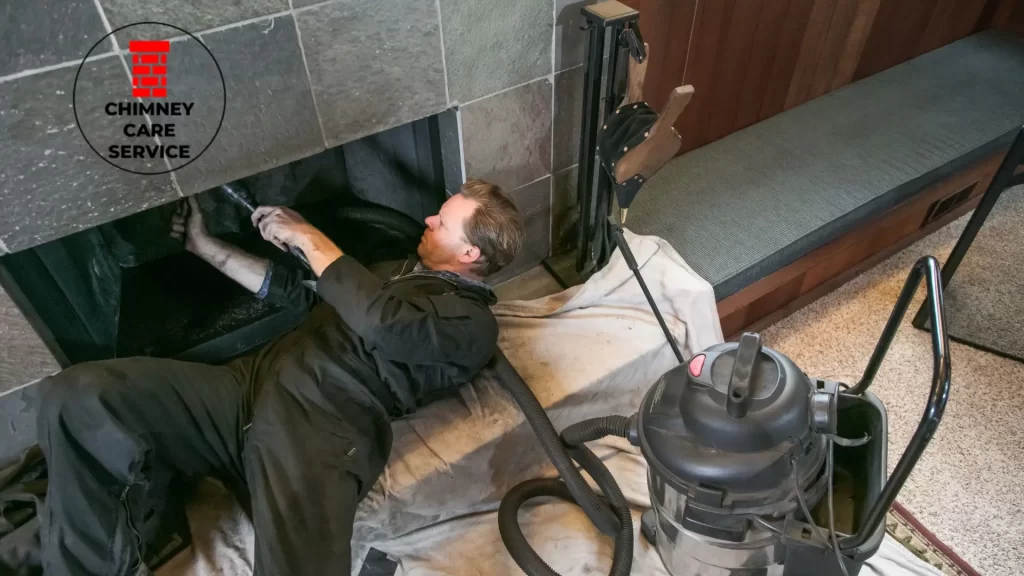Chimney care is essential for maintaining a safe and efficient home. From creosote buildup to structural issues, common chimney problems can lead to costly repairs if not addressed. Here, we explore frequent chimney issues and how proactive care can help you prevent them.
Creosote Buildup
Creosote is a byproduct of burning wood, and it accumulates on the chimney’s interior walls. Over time, creosote can harden, forming a thick, flammable layer that increases the risk of chimney fires. Regular chimney care, such as annual cleaning, can significantly reduce creosote buildup, keeping your chimney safe and functional. Burning seasoned wood and ensuring good airflow are additional practices that minimize creosote accumulation.
Blockages and Debris
Animal Nests and Leaves
Birds, squirrels, and leaves can easily find their way into chimneys, especially if they lack a cap. These blockages restrict airflow, causing smoke to back up into the home and increasing the risk of carbon monoxide exposure. As part of your chimney care routine, regularly check the chimney cap and clear any obstructions. A sturdy chimney cap can prevent debris and animals from entering, keeping your chimney safe year-round.
Snow and Ice Blockages
In colder regions, snow and ice can accumulate in the chimney, obstructing ventilation. This is particularly hazardous as it can lead to a buildup of harmful gases. To prevent this issue, inspect the chimney regularly during winter, especially after heavy snowfall. Insulating your chimney and maintaining the cap can help reduce the impact of winter weather on its functionality.
Cracked or Damaged Masonry
Over time, bricks and mortar joints can deteriorate due to exposure to moisture, extreme temperatures, and freeze-thaw cycles. Cracked masonry not only compromises the chimney’s structure but also allows moisture to seep in, causing further damage. Routine chimney care includes inspecting the exterior masonry for cracks and addressing minor issues before they escalate. Waterproofing treatments and regular tuckpointing can extend the life of your chimney and maintain its integrity.
Flue Liner Deterioration
The flue liner protects your chimney’s interior from high temperatures and harmful byproducts. Over time, liners can crack or deteriorate, which reduces their efficiency and can even lead to hazardous conditions. Annual inspections as part of your chimney care routine help identify flue liner issues early. If necessary, replacing or relining the flue can prevent dangerous leaks and ensure the chimney remains safe to use.
Chimney Crown Damage
The chimney crown acts as a barrier against weather elements, protecting the chimney from water intrusion. Cracks or damage to the crown can allow moisture to seep into the chimney, causing structural issues and mold growth. Checking the chimney crown as part of regular chimney care can help detect minor cracks before they worsen. Applying a waterproof sealant can protect the crown and improve the chimney’s longevity.
Through proactive chimney care, you can prevent these common issues, ensuring your chimney operates safely and efficiently. By addressing minor problems early, you save on repair costs and maintain a warm, comfortable home environment.
Learn more about Chimney cleaning:
Understanding the Cost Benefits of Routine Chimney Care
Seasonal Chimney Care: Essential Maintenance Tips for Every Homeowner

